
May 16, 2022 | Astrobiology, Daily Space, Earth, Exoplanets, Kepler, Mars, Moon, Review, Supermassive Black Holes, Supernovae, Zhurong
Using a mere twelve grams of lunar soil returned by the Apollo missions, scientists have successfully grown plants in the lab. With a wealth of genetic data on hand, they can now analyze the changes to the plants and the soil. Plus, stellar cannibalism, a black hole merger, brown dwarfs, water on Mars, and a review of “Star Trek: Strange New Worlds”.
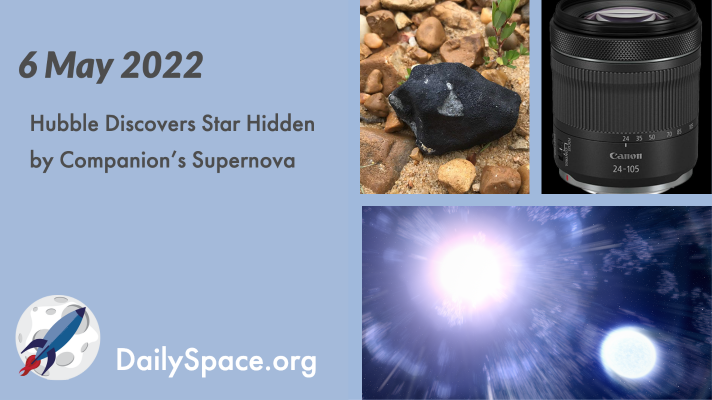
May 9, 2022 | Asteroids, Crewed Space, Daily Space, Exoplanets, Moon, Review, SpaceX, Stars, Supernovae, Titan
Data from the Hubble Space Telescope has determined that the newly discovered companion of a star that went supernova had its outer hydrogen layer siphoned off before the explosion. The results support the theory that massive stars generally form and evolve as binary systems. Plus, rocks from space, Crew-4 comes home, searching for life beyond Earth, and another Canon lens review.
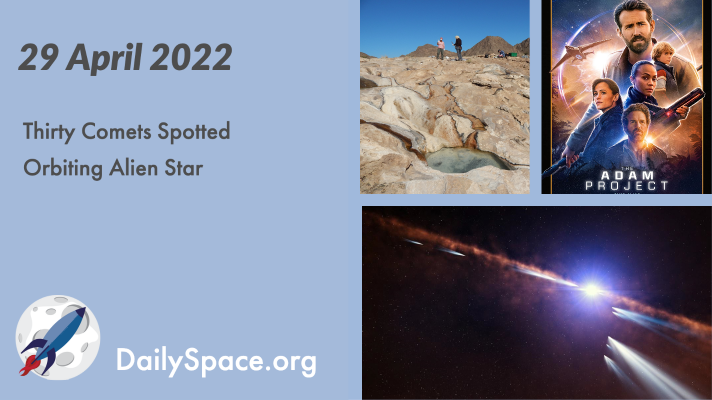
May 2, 2022 | Asteroids, Astrobiology, Comets, Daily Space, Earth, Exoplanets, JWST, Moon, Our Solar System, Review, Rockets, Space China
Using data from TESS, a new paper presents evidence for the discovery of thirty potential comets orbiting in the Beta Pictoris system. Plus, astrobiology research, water on the Moon, solar system formation, and a review of “The Adam Project” starring Ryan Reynolds.
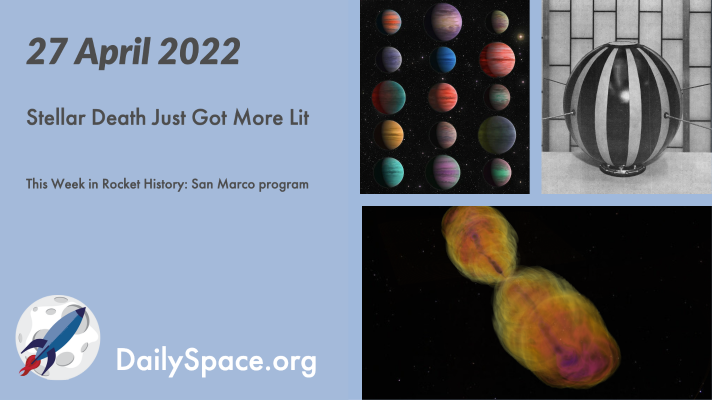
Apr 28, 2022 | Crewed Space, Curiosity, Daily Space, Exoplanets, Jupiter, KBOs, Mars, Moon, Random Space Fact, Rockets, Space History, Spacecraft, SpaceX, Stars, Supernovae
Remember that new object, COW, named for a strange supernova? We’ve seen four more of these Fast Blue Optical Transits, and new research may even have figured out just how and why they occur. Plus, Crew-4 launches, a bunch of planetary science news, micronovae, and this week in rocket history, we look back at the San Marco program.
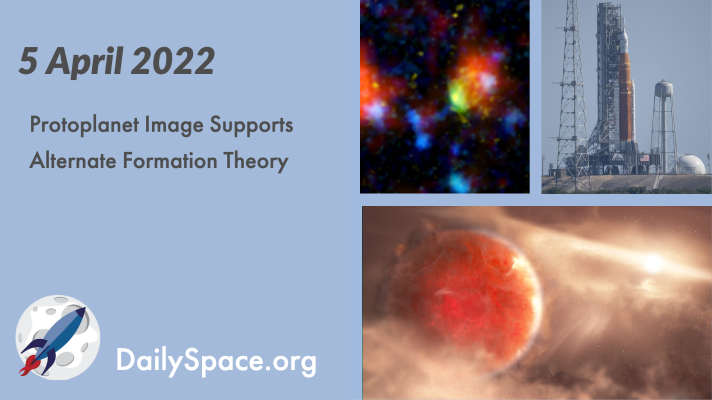
Apr 6, 2022 | Active Galaxies, Artemis, Crewed Space, Daily Space, Exoplanets, Galaxies, Jupiter, JWST, Rocket Lab, Rockets, Spacecraft, SpaceX, Stars
In a joint discovery announced by the Subaru and Hubble telescopes, researchers have captured images of a gas giant protoplanet whose distant formation supports the disk instability theory. Plus, galaxies, more galaxies, a couple of rocket launches, and updates on JWST and SLS.
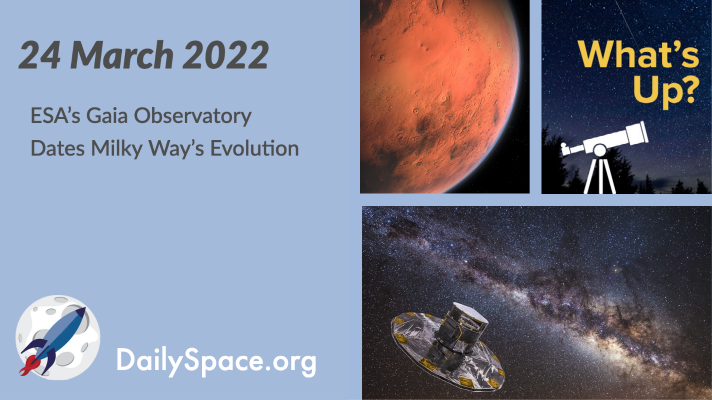
Mar 25, 2022 | Citizen Science, Climate Change, Daily Space, Earth, ESA, Exoplanets, Galaxies, Mars, Milky Way, Perseverance, Sky Watching, Spacecraft
Stellar formation and evolution data collected from ESA’s Gaia telescope has allowed scientists to create a timeline of the evolution of our own galaxy, the Milky Way. Plus, an ancient ice age, sound on Mars, a new exoplanet, and What’s Up.








 We record most shows live, on Twitch. Follow us today to get alerts when we go live.
We record most shows live, on Twitch. Follow us today to get alerts when we go live.